Occupational safety training for operating aerial lifts
99,000 ₫
Note: The above price is calculated per person and may vary depending on the number of participants in the course and market fluctuations. For more accurate pricing information, please refer to the pricing list or contact our consultation staff directly.
Occupational safety is a critical issue when operating aerial lifts and must be addressed promptly to ensure the health and safety of workers while enhancing the reputation of businesses. The Occupational Safety Training course is an effective solution to raise awareness on preventing workplace accidents for workers operating aerial lifts.
Table of Contents
Toggle1. Overview of Aerial Work Platforms
a. What is an Aerial Work Platform?
An aerial work platform (also known as a boom lift) is an industrial machine used to lift workers to high or hard-to-reach locations. This type of equipment is commonly used in construction, maintenance, installation, and tasks requiring safe work at height.
Boom lifts typically feature a long and flexible lifting arm (called a boom) that can raise and lower workers along with the platform to different positions. Boom lifts can operate both outdoors and indoors depending on the specific type and intended use.
Common types of boom lifts include:
- Telescopic Boom Lift: Features a telescoping arm that extends to reach higher and farther locations.
- Articulating Boom Lift: Can rotate and bend to access difficult-to-reach areas.
- Scissor Lift: Lacks a boom but has a hinged lifting structure that extends in an X-shape to raise and lower the platform.
These aerial work platforms ensure worker safety at height by providing a stable working platform and easy mobility to required positions. Depending on type and size, boom lifts can elevate workers from a few meters to over 50 meters.

b. Applications of Aerial Work Platforms in Production
Aerial work platforms have various applications in production to improve efficiency, safety, and save time. Common uses include:
- Maintenance and repair of machinery and equipment: They lift technicians and workers to machines and equipment for inspection, maintenance, and repair, ensuring fast and effective operations.
- Painting and facility maintenance: For painting and maintaining high or hard-to-reach surfaces like tall columns, roofs, and structures, boom lifts provide safe access for workers.
- Product quality inspection: They allow employees to inspect products at elevated or difficult-to-reach locations accurately.
- Installation and modification of production technology: Technicians and workers can safely reach necessary positions to install or modify production equipment.
- Warehouse operations: Used to access high storage racks efficiently during loading and unloading.
- Electrical and lighting installation: Technicians can reach required positions to install electrical, HVAC, or lighting systems in production facilities.

c. Industries Using Aerial Work Platforms
Aerial work platforms are widely used across industries for working at height or accessing hard-to-reach areas. Common industries include:
- Construction: Used to lift workers to higher floors during construction and maintenance of buildings, bridges, and other structures.
- Manufacturing: Factories use aerial work platforms for machinery maintenance, electrical system installation, HVAC servicing, and other elevated operations.
- Warehousing and logistics: For loading, unloading, and accessing high racks in warehouses and distribution centers.
- Automotive manufacturing: Used to access positions on production lines and perform maintenance on vehicles and equipment.
- Energy and IT: For installation and maintenance of electrical, telecommunications, and IT systems at height.
- Public maintenance and repair: Maintaining public utilities, lighting, signage, and drainage systems.
- Oil and gas: Accessing and maintaining offshore and onshore oil and gas structures.
Different industries rely on aerial work platforms to perform elevated or hard-to-reach tasks safely and efficiently.
2. Overview of Safety Training for Operating Aerial Work Platforms
a. What is Occupational Safety Training?
- Occupational safety training for operating aerial work platforms consists of sessions that raise awareness on preventing workplace accidents. Workers directly operating aerial work platforms belong to Group 3.
- Safety training helps workers recognize hazards, prevent accidents, and reduce risks while working.
REGISTER FOR OCCUPATIONAL SAFETY TRAINING
b. Training Duration
Initial Safety Training:
- Total training time is at least 24 hours, including exam time.
- 8 hours theory on safety policies, laws, and regulations
- 8 hours theory on basic occupational safety knowledge
- 4 hours theory on specialized training content
- 2 hours practical training on specialized content
- 2 hours final theory test
The training center schedules multiple sessions depending on worker availability. Typically, the course lasts 3 days with 6 sessions, assuming continuous participation.
Periodic Safety Training:
- Before the occupational safety card expires, workers must complete periodic safety training. The periodic training time is at least 50% of the initial training time.
Explanation: Total periodic safety training time is at least 12 hours, including exams. After completion and passing the test, the worker’s safety card is renewed.
c. Training Content
| No. | TRAINING CONTENT | TRAINING DURATION (HOURS) | |||
| Total | Breakdown | ||||
| Theory | Practical | Test | |||
| I | Policies and Occupational Safety Laws | 8 | 8 | 0 | 0 |
| 1 | Overview of laws and regulations on occupational safety and hygiene. | 6 | 6 | ||
| 2 | Standards and technical regulations for occupational safety and hygiene. | 1 | 1 | ||
| 3 | Specific regulations of state authorities on occupational safety when constructing, expanding, or modifying facilities, including equipment, materials, and hazardous substances. | 1 | 1 | ||
| II | Basic Occupational Safety Knowledge | 8 | 8 | 0 | 0 |
| 1 | Basic knowledge of hazards in the workplace. | 4 | 4 | ||
| 2 | Methods to improve working conditions. | 1 | 1 | ||
| 3 | Safety culture in production and business. | 1 | 1 | ||
| 4 | Rights and responsibilities of employers and employees; policies for occupational safety; roles of safety personnel. | 1 | 1 | ||
| 5 | Safety rules, signage, use of safety equipment and personal protective equipment, first aid skills, and occupational disease prevention. | 1 | 1 | ||
| III | Specialized Training Content | 6 | 4 | 2 | 0 |
| Comprehensive knowledge of equipment, hazards, risk assessment, safe working procedures with equipment, and handling hazardous substances. | 6 | 4 | 2 | ||
| IV | Final Safety Test | 2 | 2 | 0 | 0 |
| Total | 24 | 22 | 2 | ||
See more training content for all 6 groups
d. Occupational Safety Card
Upon completing the training and passing the test, workers are issued an occupational safety card (commonly called safety certificate Group 3).
The Group 3 safety card includes personal details such as name, date of birth, job, specific working environment, training duration, official stamp, and signature confirming course completion.
According to Clause 2 of Article 24 of Decree 44/2016/ND-CP, there are two cases:
- If the worker has a labor contract with the employer, the employer must stamp and certify the safety card after the worker completes training and passes the test.
- If the worker is freelance or temporary without a labor contract, the training unit must stamp and certify the card after the worker completes training and passes the test.

3. Hazards When Operating Aerial Work Platforms
Operating aerial work platforms can pose numerous hazards if safety rules are not followed and operators are not fully trained. Here are some common hazards when operating aerial work platforms:
- Fall from height: This is the most serious hazard when operating aerial work platforms. If not properly secured or controlled, operators or workers can fall from height, causing injury or death.
- Collision and impact: Aerial work platforms can collide with structures, objects, or people during operation, leading to injury or equipment damage.
- Electrical and system failure: Issues related to the electrical system, hydraulic system, or other equipment on the aerial work platform can cause dangerous malfunctions.
- Overloading: Exceeding the maximum load capacity of the aerial work platform can lead to collapse or serious damage.
- Unsafe work at height: Workers at height may face the risk of slipping, losing balance, or being struck by falling objects.
- Severe weather: Operating aerial work platforms in harsh weather conditions such as strong winds, storms, or snow can increase the danger.
- Unsafe approach to high voltage: Working near high voltage systems carries the risk of electric shock and fire or explosion.

4. Measures to Control Workplace Accidents When Operating Aerial Work Platforms
To control workplace accidents when operating aerial work platforms, a series of safety measures and regulations must be implemented to ensure the safety of operators and surrounding staff. Some important measures include:
- Full training: Ensure all operators are fully trained on how to operate the equipment and follow safety rules. Training should cover both operational skills and safety knowledge.
- Regular technical inspections: Conduct periodic technical inspections and maintenance for aerial work platforms to ensure proper and safe operation.
- Follow manufacturer instructions: Always follow the operating and usage instructions provided by the manufacturer. Do not modify or ignore any recommended safety requirements.
- Pre-use checks: Before using the aerial work platform, operators should thoroughly inspect it, including the hydraulic system, electrical system, and safe mobility features.
- Use personal protective equipment (PPE): Provide PPE such as helmets, safety harnesses, safety jackets, and gloves to protect operators from potential hazards.
- Load limits: Adhere to the maximum allowed weight of the aerial work platform to avoid collapse risks.
- Safety laws and work rules: Comply with all safety laws and work rules related to operating aerial work platforms, including working at heights and in hazardous environments.
- Use signals and guides: When necessary, use signals and guides to assist safe movement and operation, especially when working near others or in confined spaces.
- Monitor work environment: Check the work area for potential falling objects or other hazards.
- Emergency planning and support: Ensure that emergency plans and equipment are available in case of accidents.
- Periodic inspection of aerial work platforms to detect early safety issues such as wear, mechanical failure, or malfunctions, thereby reducing workplace accident risks.
5. Benefits of Occupational Safety Training
An Toan Nam Viet provides businesses with the following benefits after completing occupational safety training courses in accordance with Decree 44/2016/ND-CP regarding occupational safety and hygiene:
- Workers can identify potential workplace hazards and take preventive measures to avoid accidents.
- Businesses can establish risk prevention measures in production, operation, and maintenance processes.
- Reduce costs associated with workplace safety risks.
- Continuous production improves labor productivity and product quality.
- Comply with occupational safety regulations, avoiding legal risks.
- Enhance credibility and professionalism, boosting the company’s brand.
Nam Viet’s training courses are designed to prevent external hazards and help individuals avoid injuries or, in severe cases, death.
REGISTER FOR OCCUPATIONAL SAFETY TRAINING
6. Customer Feedback After Completing Training
An Toan Nam Viet has years of experience supporting many businesses across Vietnam, especially in the southern provinces. This responsibility is highly valued, which is why our occupational safety training has become increasingly professional. Positive feedback and suggestions from our clients have driven Nam Viet’s growth. Below are some testimonials from our partners:
7. Occupational Safety Training Capacity of An Toan Nam Viet
An Toan Nam Viet is a reputable and quality occupational safety training center in Vietnam, conducting continuous training sessions at production workshops, factories, and construction sites nationwide (all 63 provinces).
REGISTER FOR OCCUPATIONAL SAFETY TRAINING
Occupational safety training license
- An Toan Nam Viet has been certified by the Department of Labor Safety – Ministry of Labor, Invalids and Social Affairs, confirming eligibility for occupational safety training. This strengthens our training capacity.

Materials and Lectures
- Before being used in training courses, training materials are reviewed to ensure accuracy and effectiveness.
- Teaching methods follow An Toan Nam Viet standards, developed by occupational safety experts to maximize knowledge retention.
Facilities
- Controlling classroom factors enhances teaching efficiency and learner knowledge retention.
- Our training facilities include spacious classrooms with proper lighting and equipment.
8. Nationwide Reputable Occupational Safety Training Center
At An Toan Nam Viet, occupational safety training is a top priority. Our goal is to teach workers how to protect themselves, contributing to national development. Training preparation is meticulous, including equipment, teaching tools, curriculum, audio, and lighting. Instructors are experienced specialists who provide practical, engaging lectures aligned with Decree 44/2016/ND-CP, helping workers understand safety measures and apply them in practice.
Our training center offers:
- Competitive training fees without compromising quality.
- Flexible schedules aligned with company production needs.
- Fast certification processing in compliance with legal regulations.
- Experienced instructors with years of expertise.
- Controlled classrooms enhancing learning efficiency.
- Lectures tailored to company occupational safety requirements.
- Dedicated, professional support for clients.

9. Additional Occupational Safety Training Materials
- Safety Materials for Electric Scissor Lifts
- Safety Materials for Boom Lifts
- Occupational Safety Training Materials Collection
- Occupational Safety Test Collection
- Occupational Safety Quiz for Boom Lifts
- Boom Lifts Safety Training Slides
- Electric Scissor Lifts Safety Quiz
- Electric Scissor Lifts Training Slides
10. Occupational Safety Training Activities
1 review for Occupational safety training for operating aerial lifts
No comments yet

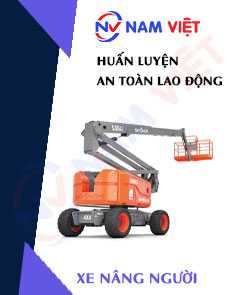
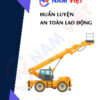
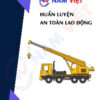







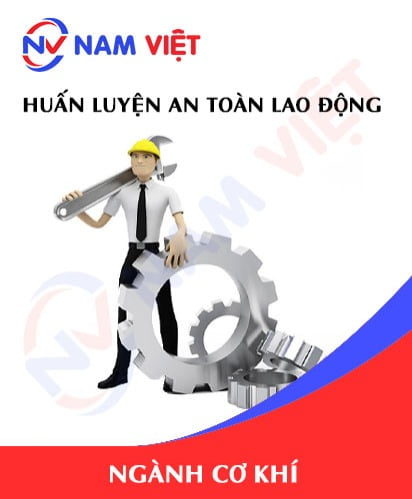
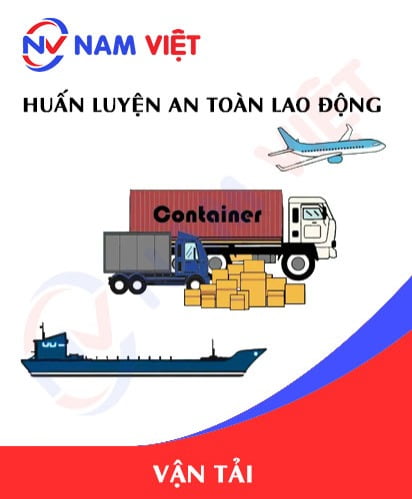
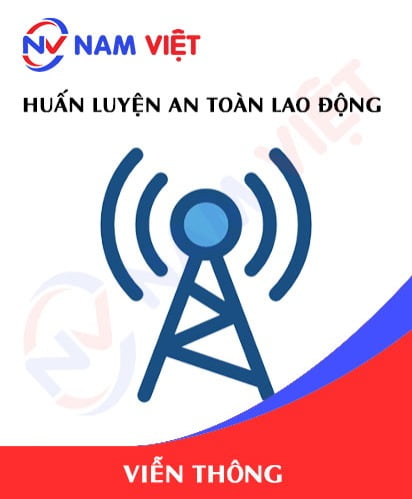
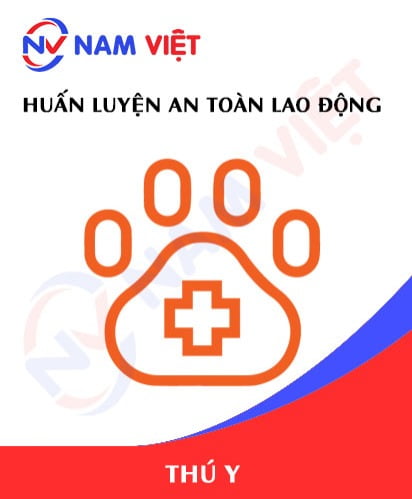
phanminhhang341
Very good safety training service